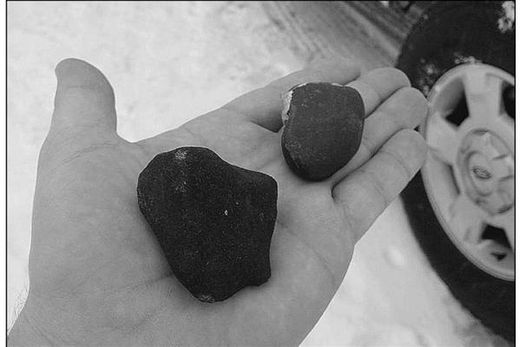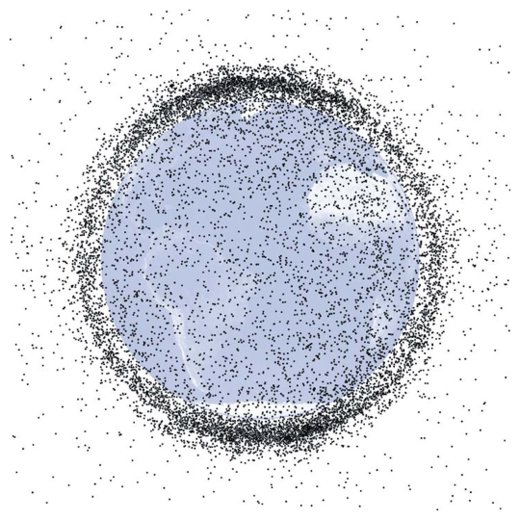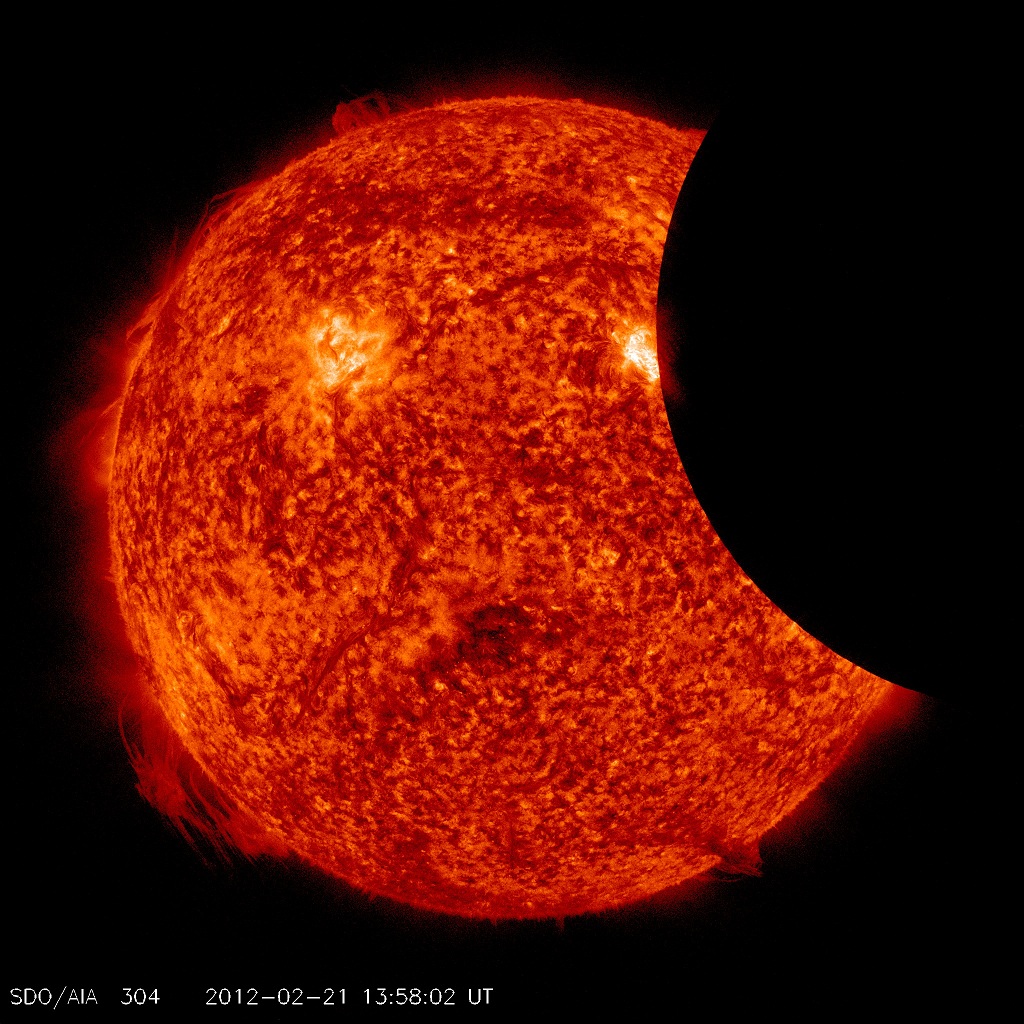In the middle of the night on February 13th, something disturbed the animal population of rural Portal, Georgia. Cows started mooing anxiously and local dogs howled at the sky. The cause of the commotion was a rock from space.
"At 1:43 AM Eastern, I witnessed an amazing fireball," reports Portal resident Henry Strickland. "It was very large and lit up half the sky as it fragmented. The event set dogs barking and upset cattle, which began to make excited sounds. I regret I didn't have a camera; it lasted nearly 6 seconds."
Strickland witnessed one of the unusual "Fireballs of February." "This month, some big space rocks have been hitting Earth's atmosphere," says Bill Cooke of NASA's Meteoroid Environment Office. "There have been five or six notable fireballs that might have dropped meteorites around the United States."

A fireball over north Georgia recorded on Feb. 13th by a NASA all-sky camera in Walker Co., GA.
It's not the number of fireballs that has researchers puzzled. So far, fireball counts in February 2012 are about normal. Instead, it's
the appearance and trajectory of the fireballs that sets them apart.
"These fireballs are particularly slow and penetrating," explains meteor expert Peter Brown, a physics professor at the University of Western Ontario. "They hit the top of the atmosphere moving slower than 15 km/s, decelerate rapidly, and make it to within 50 km of Earth's surface."
Comment: We've been searching for any historical references to this so-called "February Fireballs" suggestion, but nothing has turned up so far. Is NASA spinning another yarn?? As James McCanney explained in
Planet-X, Comets & Earth Changes, NASA's real role is to keep the public misinformed about the threat from cometary debris:
As this book goes to print, all the major observatories of the world are being taken off line. Astronomers are being told not to discuss "Planet X" with the public. As with [Hale-Bopp], NASA has shut the door on release of information. They are positioning their scientists to become part of the nightly national weather programs, and to be in position to defray any public awareness of what is truly happening with the Sun and our planetary system. (p. 84)
The truth is that NASA, the NSA, and other government agencies are prohibited by law from disclosing to the public anything that would cause a national panic. So too they will try to prevent dissemination of my theories about comets because it might cause a public to redirect its allegiance as a new and potentially dangerous comet comes into the solar system. While the government officials are using tax dollars to build safety caves for their "shadow government" in case of "major disaster", they are leaving the public out to dry with no forewarning or protection. (p. 83)
The past month has seen a number of enormous fireballs and overhead explosions, attracting a lot of attention around the world, so is NASA here indulging in a little Orwellian creative writing to present the recent fireballs as part of a recurring phenomenon that "has been observed for decades", when in fact it is entirely new (in the modern era anyway)?









Comment: We've been searching for any historical references to this so-called "February Fireballs" suggestion, but nothing has turned up so far. Is NASA spinning another yarn?? As James McCanney explained in Planet-X, Comets & Earth Changes, NASA's real role is to keep the public misinformed about the threat from cometary debris: The past month has seen a number of enormous fireballs and overhead explosions, attracting a lot of attention around the world, so is NASA here indulging in a little Orwellian creative writing to present the recent fireballs as part of a recurring phenomenon that "has been observed for decades", when in fact it is entirely new (in the modern era anyway)?